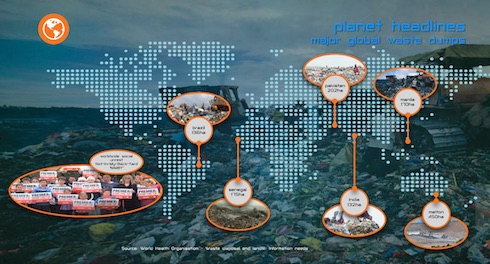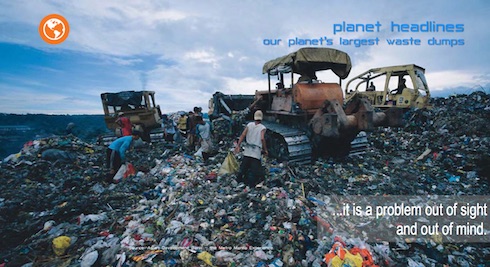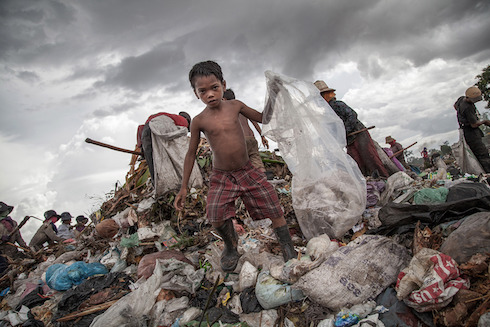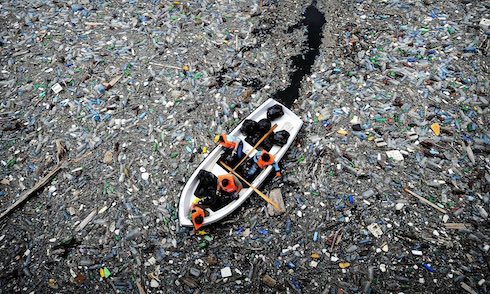Dumpsites
planet headlines
Dumpsites
Global misery hotspots on land and at sea
The largest dumps in the world hold millions of tonnes of waste and render thousands of hectares of land as desolate and unusable. These smelly, contaminated and full of disease open waste dumps are growing by the day.
According to World Health Organisation (WHO), on 15 July 2014, 24% of global burden of diseases could be attributed to the environment and dumpsites have an important contribution.
‘…But speaking generally about dumpsites is not enough. There is a need to draft a baseline by assessing the current situation, the health and environmental problems, the affected populations, the current and future risks associated with dumpsites. There is a need to prioritise interventions based on risk-based approaches and identify the world’s most risky dumpsites. And then, there is a need to create tailor - made plans for their closure and rehabilitation. The most common environmental issues for dumpsites relate to surface water, groundwater, and soil contamination from potentially toxic elements ‘heavy metals’; air pollution from open surface burning of materials, underground fires fueled by landfill gas, and biodiversity problems as fauna consumes either directly solid waste, or contaminated plants and/or animals and flora contaminated from leakage and waste and affected by the gas emissions.’(Source:Waste Atlas report 2014 webEdition D-Waste.com)
The reality is…that not only large waste dumps are upon us but they are actually becoming a part of our lifestyle with children calling the dumpsite…’home’.
Generational neglect and lack of focused intent has left our planet in a looming crisis point.
The United Nation Environmental Programme Division (UNEP DTIE IETC) reported in March 2010 that MSW:
"…has created an increasing severity of impacts:
-air pollution from emissions of spontaneous combustion in dumps
- adverse impacts on fauna & flora
- severe health impacts on community in vicinity of dumpsites
- pollution of surface and sub-surface water bodies due to leachate contamination.”
take action now with add a dot...™
to stop the crisis





